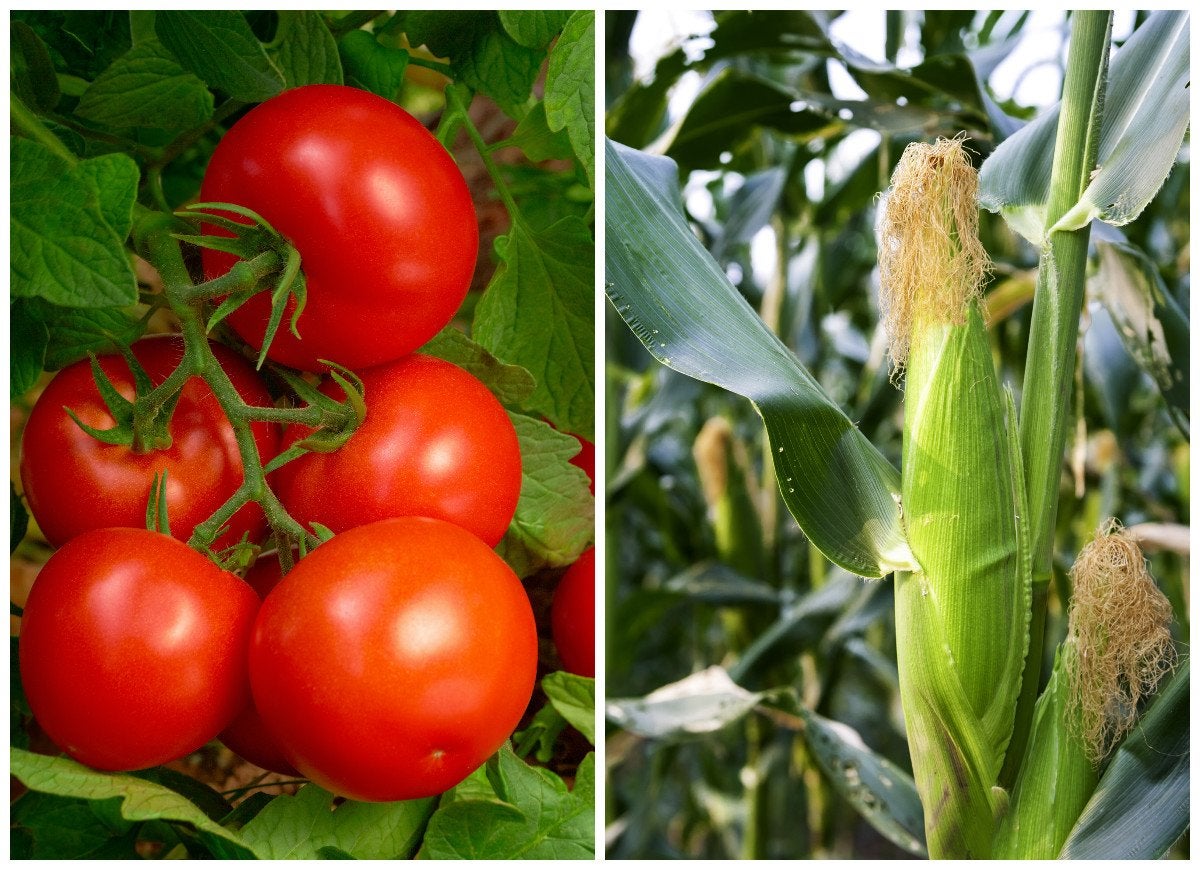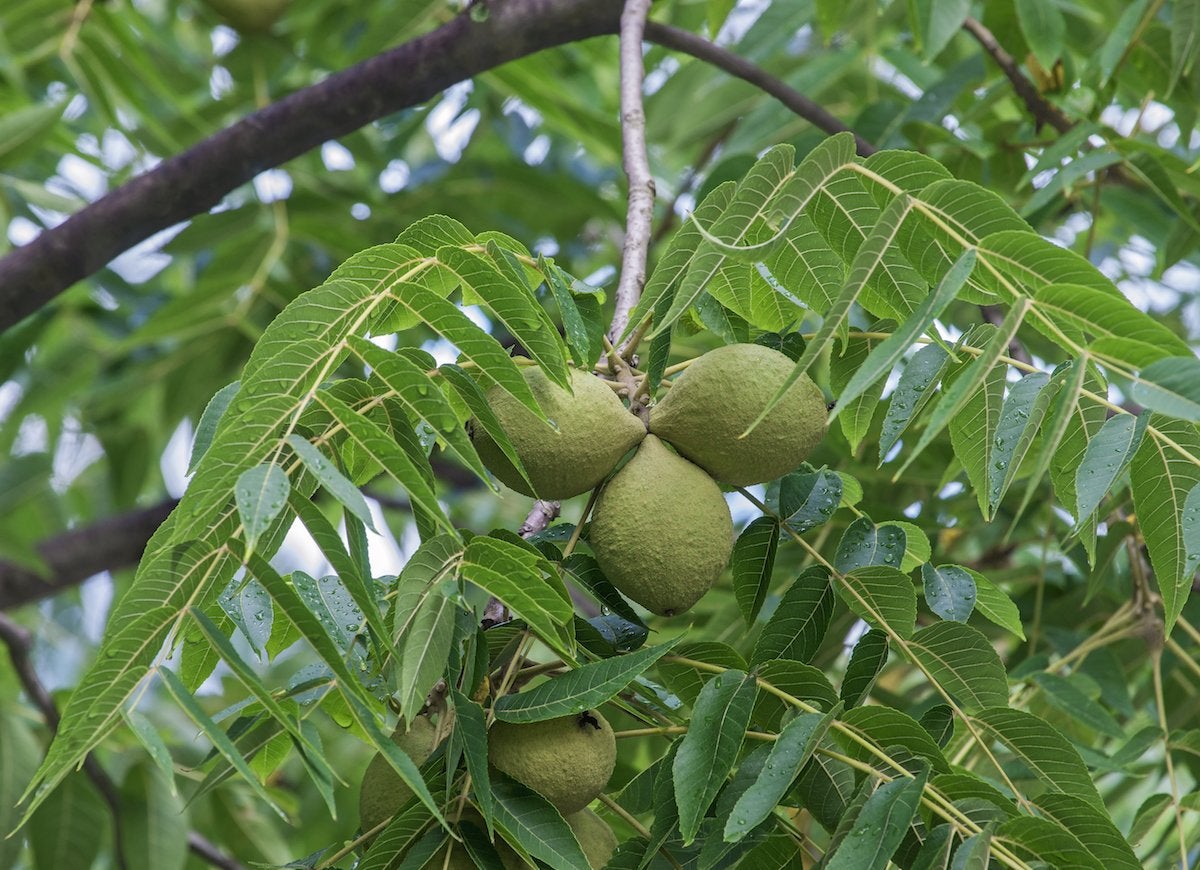

We may earn revenue from the products available on this page and participate in affiliate programs. Learn More ›
Home Advice You Can Trust
Tips, tricks & ideas for a better home and yard, delivered to your inbox daily.
By signing up you agree to our Terms of Service and Privacy Policy.
Butterfly Weed & Impatiens

When flowers planted near each other require vastly different growing conditions, both could end up suffering because you can’t meet each of their needs. “A lot of new gardeners choose plants for how they look and don’t pay attention to the tags,” says Melinda Myers, gardening expert, author, and host of the How to Grow Anything DVD series. One example of this: The butterfly weed loves the sun and dry soil, while impatiens craves moisture. Don’t fall into this trap. Avoid grouping together plants that have opposite wants.
Cucumber & Basil

Though cucumber and basil might sound like the beginnings of a refreshing drink, seasoned gardeners find that the vegetable does not grow well near aromatic herbs like basil, rosemary, sage, and marjoram. Herbs with strong scents and flavors tend to have an impact on the taste of the growing cucumber. One herb it does like, though: Dill, which attracts beneficial insects like hoverflies and predatory wasps.
Leyland Cypress & Spiraea

When bushes have a height mismatch, the taller one can cast shade on the smaller one. “Over time, this can cause the smaller plant to thin out and die,” says Rex Bishop, director of technical education for the National Association of Landscape Professionals. The Leyland cypress will tower over the spiraea bush if they are next to each other. Boxwood is another bush that can be, literally, overshadowed by cypress.
Beans & Garlic

In general, leguminous plants—beans, peas, and other legumes—are a finicky bunch, and they aren’t any easier when it comes to finding a plant buddy in the vegetable garden. They don’t like plants in the onion family, including garlic, chives, and leeks, or in the cabbage family, either, like broccoli, cauliflower, and kale.
Elaeagnus (Silverberry) & Boxwood

While you’re reading the tag or talking to your local gardening pro, make sure you take note of your new plants’ growth rates. “If one plant grows quickly, and its neighbor grows slowly, the faster plant will take over,” says Bishop. “After a short period of time, you might be looking for your boxwood, because the elaeagnus has taken over!”
Tomatoes & Corn

This may be a classic summertime combo on your plate, but don’t plant tomatoes and corn near each other in the garden. These heavy feeders compete with each other for the same nutrients, so they could both end up deprived if the soil isn’t super rich. They also share a common pest, the tomato fruit worm, which can easily spread between the plants, killing them both.
Gardenias & Gardenias

Speaking of pests, use caution when planting too many of the same thing, which can exacerbate a pest problem. “If one plant gets sick, so will its neighbor—until the whole flower bed dies,” says Myers. Gardenias in particular foster whiteflies and sooty mold, says Bishop. When you’re planning your garden, try to mix a variety of plants to prevent the growth of fungus and pests.
Sunflowers & Potatoes

Sunflowers have allelopathic properties—biological traits that influence or affect nearby plants—that farmers have long used to their advantage, planting them along the edges of crops to prevent weeds from growing and spreading between crops. But their dropped seeds release toxins that inhibit the growth of potatoes and pole beans, so take care to plant them at least a foot away from your vegetable garden.
Turfgrasses & Shade Trees

Leafy turfgrasses—including various bluegrasses, fescue, and ryegrass—struggle under shade trees like large-leafed maples, oaks, and spruces. “Too much shade and a lack of moisture can prevent plants from growing below these trees,” says Myers. Bishop agrees, “Turfgrasses require more fertilization because they are leafier and constantly getting pruned by mowing and other activities. The roots of the tree take up water and nutrients at the same level in the soil as turfgrass roots, so they struggle.”
Strawberries & Cabbage

Strawberries don’t get along with plants in the cabbage family, including cabbage, kale, and broccoli. That’s because those cabbage-family plants attract pests that can inhibit the strawberries’ growth.
Black Walnut & Just About Everything

“Black walnut trees are notorious—sometimes you can see a line of dead plants through a garden that has a black walnut root underneath it,” says Myers. The black walnut has a chemical called juglone in its nuts, hulls, and roots, but also in smaller quantities in the leaves and stems, so plants underneath the tree’s canopy do especially poorly. A short list of juglone-sensitive plants includes blackberries, azaleas, hydrangeas, lilies, and petunias.
Growing Pains

Selecting plants that get along with each other when growing side by side is the first step to a happy garden.

Meet the 2025 Tools of the Year
After months of scouring the market and putting products through their paces, we’ve named the best of the best in new tools. There’s something for everyone, from veteran pros to average Joes.